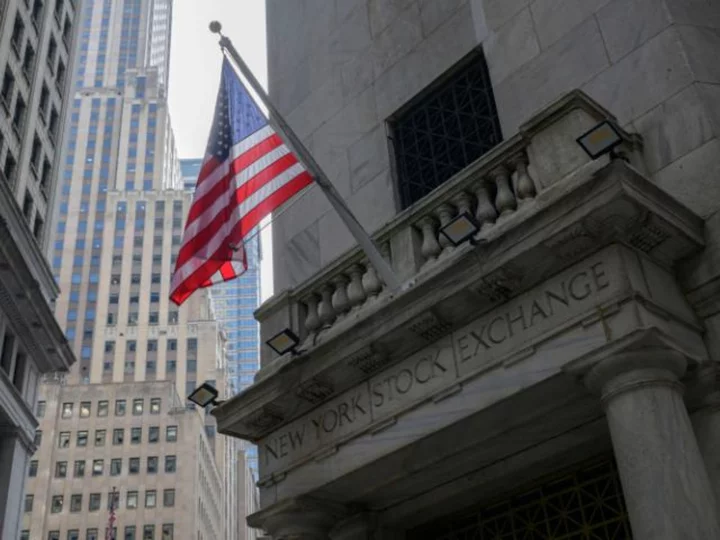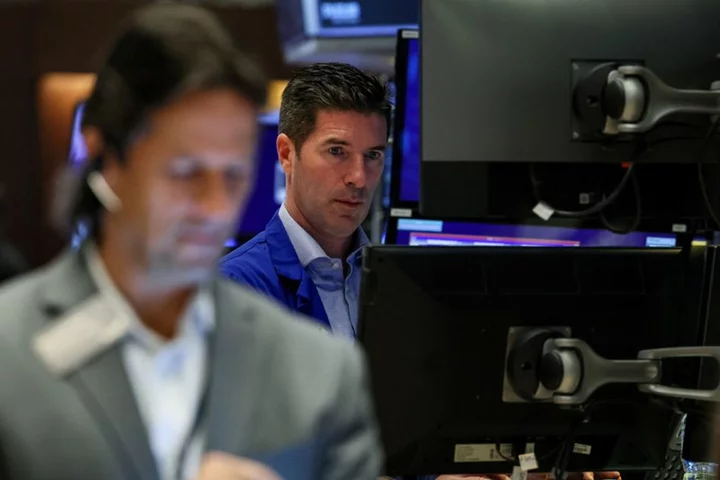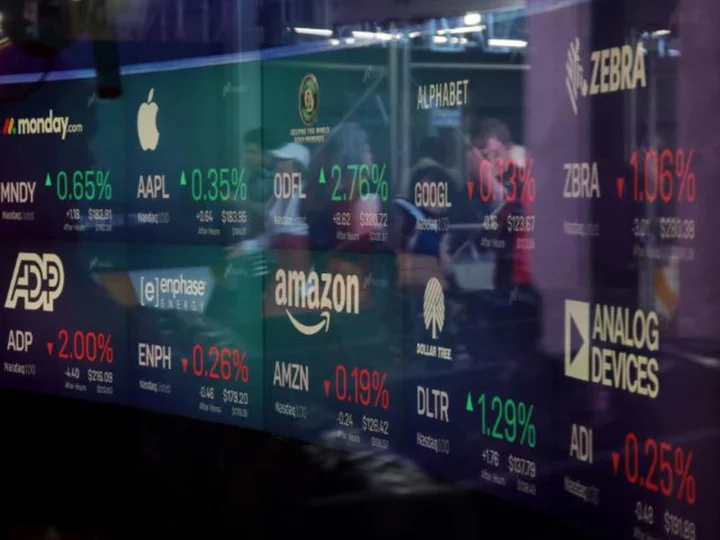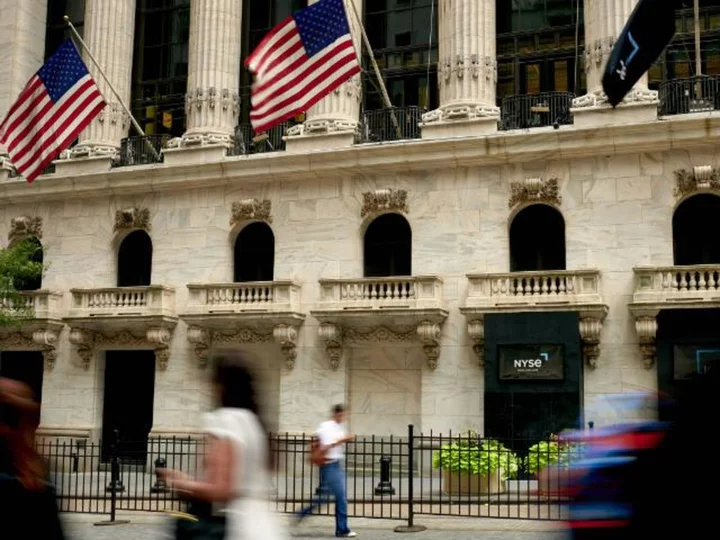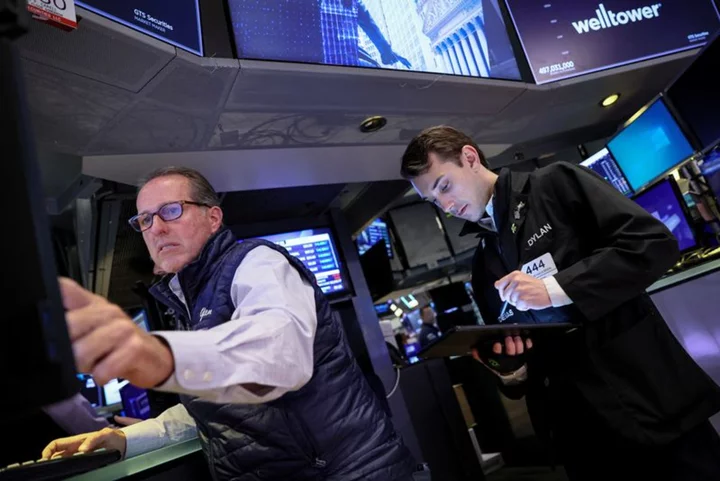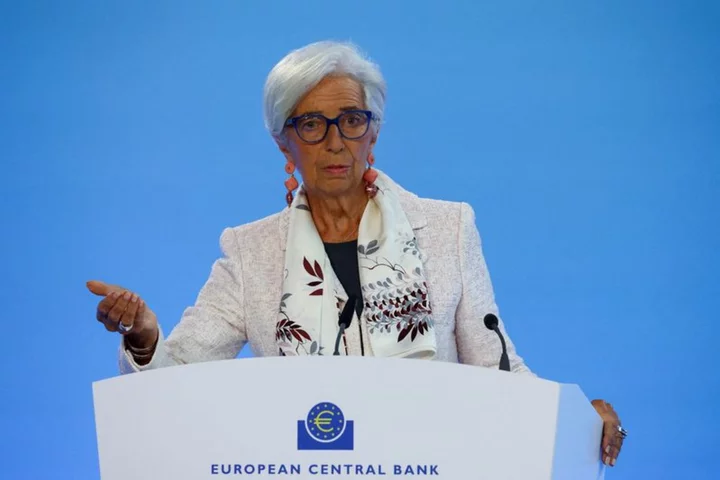It's pretty easy to squander vast sums of money. Just ask the descendants of the wealthiest Americans.
In 1900, there were about 4,000 millionaires in the United States. If one family with $5 million back then invested it passively in the broader US stock market and spent from it reasonably (about 2% of their wealth each year), they would have $16 billion today. If a quarter of those families had done the same, there would be about 16,000 billionaire households today.
But there are only about 730 billionaires in the country, according to Forbes, and almost none of them inherited longstanding generational wealth. In fact, less than 10% of the current list of billionaires are descended from anyone on the first Forbes' rich list, published in 1982.
So where did all that money go?
That's what Victor Haghani, co-founder of wealth management firm Elm Partners, set out to find in his new book, "The Missing Billionaires," co-authored with his colleague James White.
The answer, says Haghani, lies in the way people invest. They typically focus too much on which stocks to buy and sell and not enough on how much.
Haghani has firsthand experience. In the 1990s, he co-founded Long-Term Capital Management (LTCM) and took Wall Street by storm, pulling in returns of 30% a year on average.
Until he wasn't.
In 1998, the highly leveraged LTCM lost $4.6 billion in less than four months as a crisis in Russia erupted. The Federal Reserve gathered top officials from the world's most powerful banks and orchestrated a $3.65 billion recapitalization of the company, but the fund was eventually liquidated in 2000.
Haghani spoke to CNN's "Before the Bell" about how retail investors can learn from his past mistakes, as well as what can be learned from the mistakes of America's wealthiest families.
This interview has been edited for length and clarity.
Before the Bell: 25 years on, what lessons can an investor still learn from the collapse of LTCM?
Victor Haghani: It's all about this question of how much risk to take. In investing, you have to make two decisions: What do you want to buy or sell and how much of it you want to buy or sell.
LTCM had good investments but we got the "How much?" question wrong — we had too much of them. If you get the "What?" decision wrong and the sizing decision right, it's still unfortunate and you're going to lose money. But you're still going to be able to continue on and find some better investments.
If you get the "How much?" decision wrong, it's catastrophic. LTCM is a great case study in that.
How did America's dynastic families make the same mistakes?
Cornelius Vanderbilt died in 1877 with $100 million, and he gave $95 million to his oldest son. By the 1950s, there wasn't one Vanderbilt who was even a millionaire. That's pretty incredible.
But it's also fairly typical, and it goes back to this "How much?" question. The investment environment for the last 125 years couldn't have been better. It was hard to not invest in things that had positive returns. But people got their sizing decisions wrong. They took on too much risk in their portfolios mostly by being way too concentrated in too few things and not having enough diversification.
Let's say I guarantee an investor that they're going to make an average annual return of 5%. Every year there's going to be volatility — one year you're going to be up 35% and the next year you're going to be down 25%, but in the long term it will even out to 5%. It seems like a great deal, but risk starts to eat the return.
Let's say you invest $100 and return 50% in one year. The next year you lose 50%. Your average return is zero, but your wealth actually went down to $75.
That risk is hurting your compound return. LTCM had a positive average return but experienced a 90% loss in 1998 and lost nearly all of our money.
These dynastic families also made bad spending decisions. They would set what seemed to be a sustainable spending policy at a point in time, and then the world changed and the value of their investment portfolio went down and all of a sudden that spending was no longer appropriate for the level of wealth that they had. Once that happens, wealth dissipation is fast.
The lesson here is that getting the size of your investment risk right is really important when it comes to the long term sustainability of your lifestyle and your spending.
So how do you decide how much risk to take?
The basic objective is to maximize your risk-adjusted outcomes, and some people are more risk averse than others.
You need to think about the expected return that the market is offering and then you need to work out what level of exposure to risky assets makes sense to you and what spending level will support you in a sustainable manner through the rest of your life — or beyond if you want to leave money to your kids.
Any other takeaways from these lost billionaires?
I don't think that anybody can imagine that the very wealthy families today won't be wealthy in 50 years. But the next 50 years will be different than the last. Human nature causes people to take on too much risk or spend too much and we may see the same pattern unfold in future decades.
Ultimately, the only thing that we can do with our wealth is to spend it or to give it away. And it's probably a good thing for society that wealth is redistributed over time.
Writers Guild and studios reach tentative deal
The major film and television studios and striking writers reached a tentative agreement on Sunday, report my colleagues Chris Isidore and Oliver Darcy.
The deal comes after days of marathon negotiating sessions, the Writers Guild of America said Sunday evening, paving a path forward to end the historic work stoppage that has frozen production and paralyzed much of Hollywood.
"What we have won in this contract — most particularly, everything we have gained since May 2nd — is due to the willingness of this membership to exercise its power, to demonstrate its solidarity, to walk side-by-side, to endure the pain and uncertainty of the past 146 days," the WGA said in an email to members on Sunday. "It is the leverage generated by your strike, in concert with the extraordinary support of our union siblings, that finally brought the companies back to the table to make a deal."
The terms of the agreement were not immediately known.
While the agreement still needs to be ratified by members of WGA, which represents more than 11,000 writers, this marks a significant turning point in the nearly five-month-long strike. The current walkout came close to beating the longest strike in WGA history, a 1988 strike that lasted 154 days.
"We can say, with great pride, that this deal is exceptional — with meaningful gains and protections for writers in every sector of the membership," the WGA said in its message to members.
China stopped exporting two minerals the world's chipmakers need
China's exports of two rare minerals essential for manufacturing semiconductors fell to zero in August, reports CNN's Laura He.
That comes a month after Beijing imposed curbs on sales overseas, citing national security.
China produces about 80% of the world's gallium and about 60% of germanium, according to the Critical Raw Materials Alliance, but it didn't sell any of the elements on international markets last month, Chinese customs data released last week showed. In July, the country exported 5.15 metric tons of forged gallium products and 8.1 metric tons of forged germanium products.
The curbs are indicative of China's apparent willingness to retaliate against US export controls, despite concerns about economic growth, as a tech war simmers.

